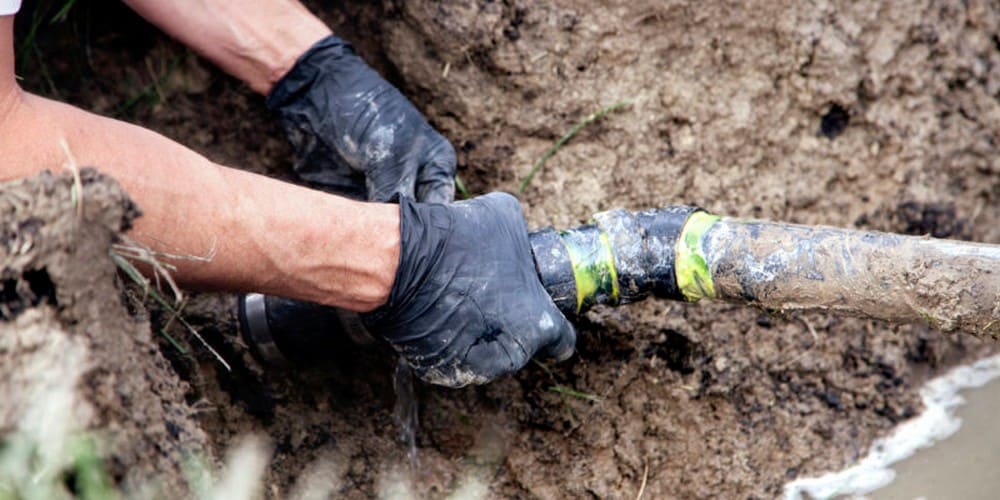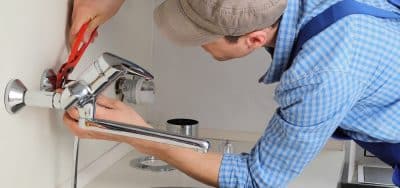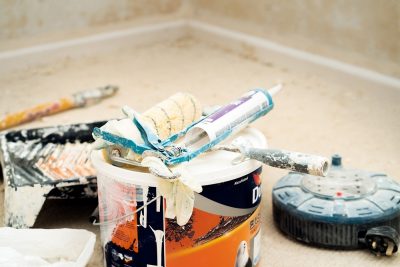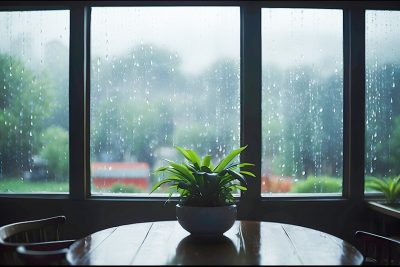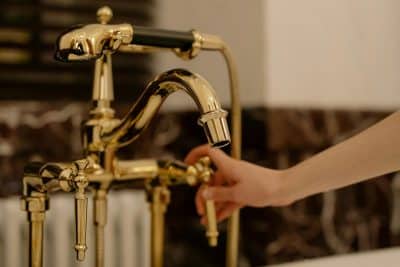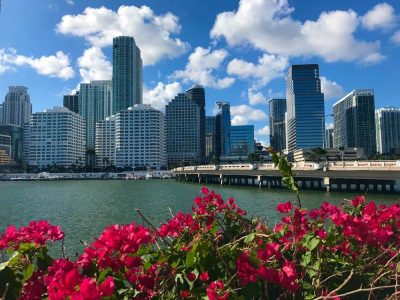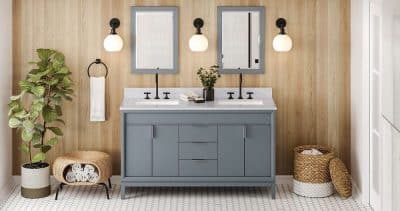
When considering the myriad challenges homeowners face, the issue of a backed-up sewer line often lurks beneath the surface, underestimated and out of sight. Yet, its impact extends far beyond initial inconvenience, affecting a home’s aesthetics and market value. Unlike more visible problems, sewer line backups are insidious, developing silently within the property’s infrastructure. This hidden hazard can swiftly transform a minor inconvenience into a significant concern, undermining the foundational aspects of a home’s appeal and worth. Addressing these issues in time spares homeowners from immediate distress and safeguards against the long-term devaluation of their most significant investment. Understanding the gravity of sewer line backups is the first step toward mitigation, emphasizing the critical nature of vigilance and timely intervention in preserving the beauty and value of our living spaces.
The Immediate Effects of Sewer Line Problems on Your Home
The repercussions of sewer line backups manifest in various distressing ways, immediately impacting the comfort and health of a home’s occupants. Unpleasant odors are often the first sign, signaling underlying issues that demand immediate attention. Beyond the assault on the senses, water damage introduces a host of additional complications, including the deterioration of walls, floors, and essential structural components. This damage not only requires costly repairs but also diminishes the home’s aesthetic appeal. Perhaps more insidious is the potential for mold growth, a direct consequence of unchecked moisture. Mold poses serious health risks to residents and further detracts from the home’s livability and appeal. These direct consequences quickly transform a seemingly comfortable living space into an unhealthy, uninviting environment. Addressing these issues is not just a matter of repair but of restoring the health and appeal of the living space, thereby preserving its value and the well-being of its inhabitants.
Long-Term Aesthetic Damage and Value Depreciation
The consequences of unaddressed sewer line issues extend far beyond immediate discomfort, casting a long shadow over a property’s structural integrity and aesthetic appeal. Over time, the relentless nature of these problems can cause significant structural damage, affecting the foundation and, ultimately, the safety of the home. Landscaping, often a homeowner’s pride, can also suffer irreparable harm due to the overflow and saturation of soil, leading to erosion and the loss of plant life. Such damage detracts from the property’s visual appeal and can lead to hefty restoration costs.
From a financial perspective, the stakes are equally high. According to industry studies, homes with unresolved plumbing issues, including sewer line backups, can see a depreciation in value by as much as 10% to 20%. This stark statistic highlights the critical importance of maintenance and timely repairs. Prospective buyers are less inclined to invest in a property plagued by such issues, fearing the cost and hassle of impending repairs. Consequently, what might initially seem like a manageable issue can evolve into a significant barrier to securing a home’s value and appeal in the real estate market.
Preventative Measures and Maintenance Tips
Preventing the onset of sewer line backups is far more cost-effective and less stressful than addressing the aftermath. Avoiding the disposal of grease, oils, and non-biodegradable materials down drains can significantly reduce the risk of blockages. Homeowners should also be vigilant for early warning signs, like slow drains or unusual noises from plumbing fixtures, which might indicate developing issues.
Professional inspections play a pivotal role in preemptive maintenance strategies. A professional plumber should inspect your sewer line every 18 to 22 months. Such inspections can identify potential problems before they escalate, using technologies like camera inspections to offer a clear view of a sewer line’s condition. Additionally, homeowners living in older properties or those with large trees near sewer lines should consider more frequent evaluations, as roots can invade and damage pipes over time.
Adopting these preventative measures and maintenance tips can save homeowners from the aesthetic degradation and financial losses associated with sewer line backups. Ultimately, the cost of regular maintenance pales in comparison to the expenses and headaches of emergency repairs, making proactive care a wise investment in the long-term value and appeal of any home.
Restoring Home Aesthetics After a Sewer Line Backup
Following a sewer line backup, restoring a property’s appearance and functionality becomes a homeowner’s top priority. The initial step should always involve professional cleaning services to thoroughly remove contaminants and prevent mold growth. Subsequently, repairing any structural damage, such as weakened walls or floors, is crucial to regain the home’s integrity. Homeowners should also consider landscaping restoration to address any damage caused by overflow. Professional restoration services are invaluable in this process, not only in addressing immediate damages but also in implementing preventative measures to avoid future incidents. Their expertise can ensure that repairs enhance the home’s value, incorporating modern materials and techniques that may even improve upon the original aesthetics and functionality of the property.
Protecting Your Investment
The impact of sewer line backups on a home’s aesthetics and value cannot be overstated. Addressing these issues promptly, through regular maintenance and professional intervention, is essential in preserving your property’s beauty and market value. Protecting your home from such damages is not just a matter of repair but a strategic investment in your future. Regular maintenance and timely repairs of sewer line backups are crucial steps in safeguarding the long-term value and appeal of your home.
